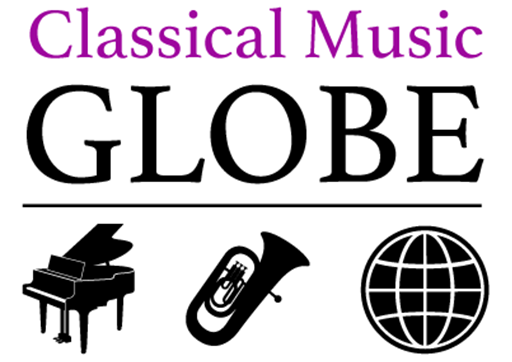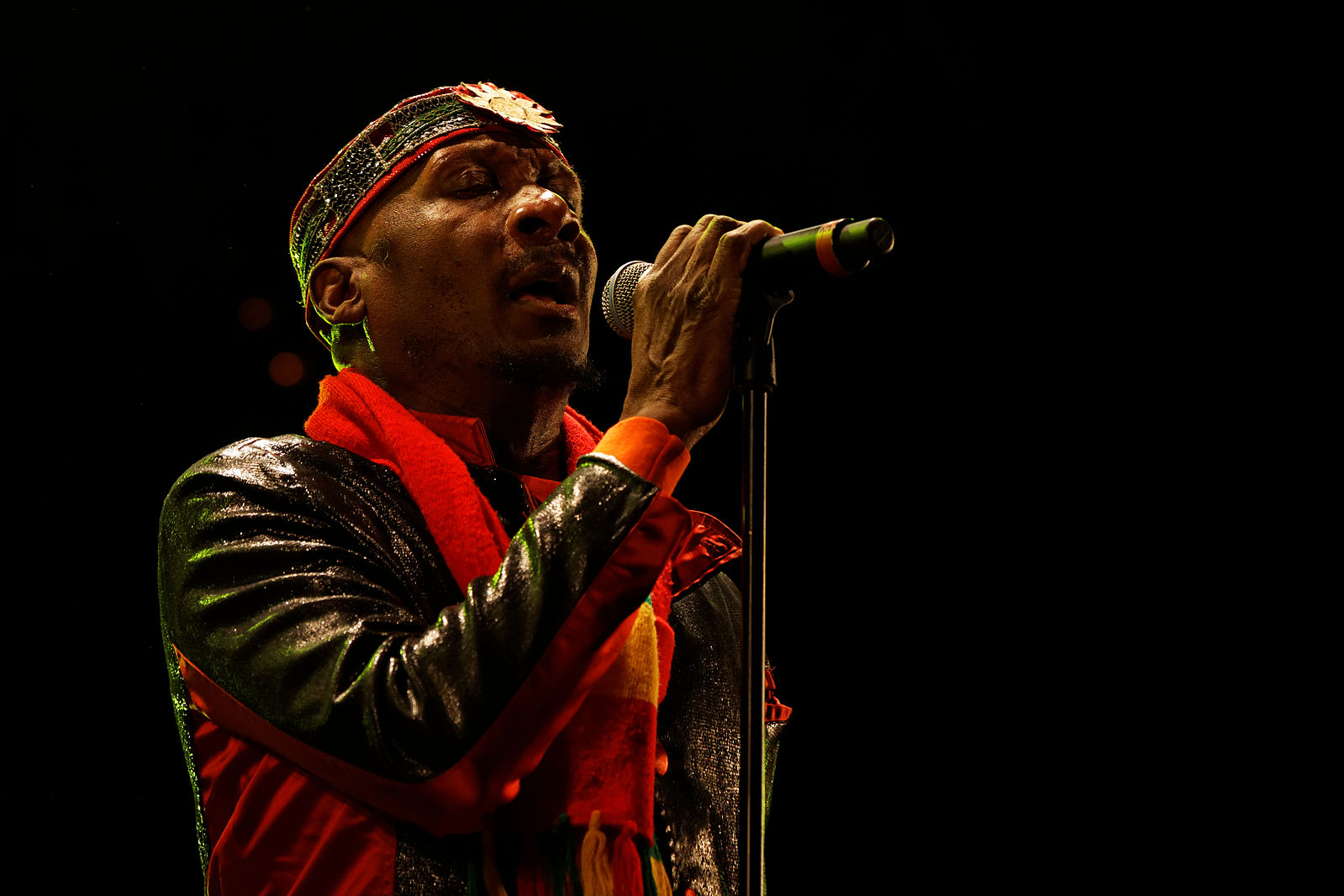Rocking Roots Music from Los Angeles
An exclusive Q&A with vallenato rockers Very Be Careful

Very Be Careful plays vallenato, a style with roots going back to the folk music of Colombia. Although there is a taste of rock in their arrangements, this Los Angeles band eschews the music’s more commercial trappings, aiming for a more basic approach. The quintet includes Arturo Guzman on acoustic bass; Ricardo Guzman on lead vocals and accordion; Dante Ruiz on campana (cow bell); Craig Martin on guacharaca (the rhythm stick used throughout the Caribbean) and Richard Panta on caja vallenata, a small Colombian conga-like drum. The Guzman brothers picked up on vallenato by listening to the records their parents loved.
“Vallenato is a genre, not a rhythm,” explains Arturo Guzman, one of the band’s founders. “It’s classified by four classic rhythms – puya, son, merengue and paseo. We play those four rhythms, as well as a few cumbias. (Cumbia is a ska-like beat from Colombia that’s popular throughout Latin America.) Sometimes our fans call us a cumbia band, because that rhythm is the most popular, but we are a vallenato band.”
For more than 20 years, the band has been thrilling audiences with sets that often last three hours. Their latest album, Daisy’s Beauty Salon, is named in honor of the establishment Arturo’s mother ran while the brothers were growing up. The album’s 12 tracks are driven by the relentless, interlocking rhythms generated by the three percussionists, Guzman’s string bass and Ricardo Guzman’s passionate vocals and accordion work. Arturo Guzman responded to a few questions about the album while the band was on tour.
Globe: Why did you decide to play vallenato and cumbia, rather than more mainstream pop music?
Arturo Guzman: We’ve played many genres of music in our personal lives. Some pop, some underground, some experimental. Very Be Careful was the most popular band we were all in. Our fans were so enthusiastic when we started, that we decided to keep it going, for them and for us. It’s a codependent relationship.
Globe: What inspired you to make music together? Has the line up been stable since you started playing?
AG: Three of us grew up on the same street, and the other two lived around the corner. We came together artistically at a collective called the Peace and Justice Center in Westlake, 20 years ago. We still have the same five members.
What does stable mean? If anything, it’s the unpredictability of our relationships that keep us together and fresh. When things have gotten predictable, we struggled rather than shined. We are in a good transformative place right now.
Globe: The album title is a tribute to your mom’s beauty shop. She also writes lyrics for some of the songs on here. Does she write music as well? What does she address in her lyrics?
AG: She has always contributed lyrics to our songs. She doesn’t write on a musical instrument, but she does give rhythm, cadence and melody suggestions for her songs. Her lyrics are about women’s struggles in society and family, love, animals and their mysterious ways, and about us – VBC.
Globe: How does the songwriting collaboration work? Who else contributes to the songwriting?
AG: We all contribute to the song by writing our parts or moving structures in a certain direction, but it’s organic, not contrived or written down. When we play a song a few times, we are able to decide on the dynamics of the song and the arrangements.
Globe: You didn’t use a producer this time. Why did you produce the album yourselves?
AG: We realized we have a world of creative connection beneath our familiarity with each other. It only takes a studio or gust of wind to extract it from within us. We trust our engineer, and each other, to make sound choices. Celso A. Estrada was like our producer, as well as engineer. We followed his suggestions and married them with ours. We didn’t feel alone or like we were self-producing.
Globe: What has been your biggest challenge as a band?
AG: We are family, so always need to avoid the dysfunctionality inherent with family, so we work though our problems and try not to sweat the small stuff. We owe it to the music and our fans. Another challenge is dealing with the introduction of social media. We grew up getting 8.5 x 11 fliers at punk and metal shows, or seeing them posted in the streets, as the form of promotion. We used to throw parties and make about 20 phone calls and more than a hundred people would show, because it was the place to be. Now we are competing with millions of postings, so we have to be creative and respect our roots, while keeping up with the cellphone world. It’s a challenge, but we bring something younger promoters don’t know about – face-to-face relationships with our fans. We love to socialize after and before shows and so we are tight with our fans.
Globe: How has your music evolved since you started playing together?
AG: We try to be very true to old school vallenato. Once we learned the “rules” of the sound, we were able to put our own twist on it.
Globe: How long does it take to compose the songs?
AG: A lifetime – they continue to develop forever.



